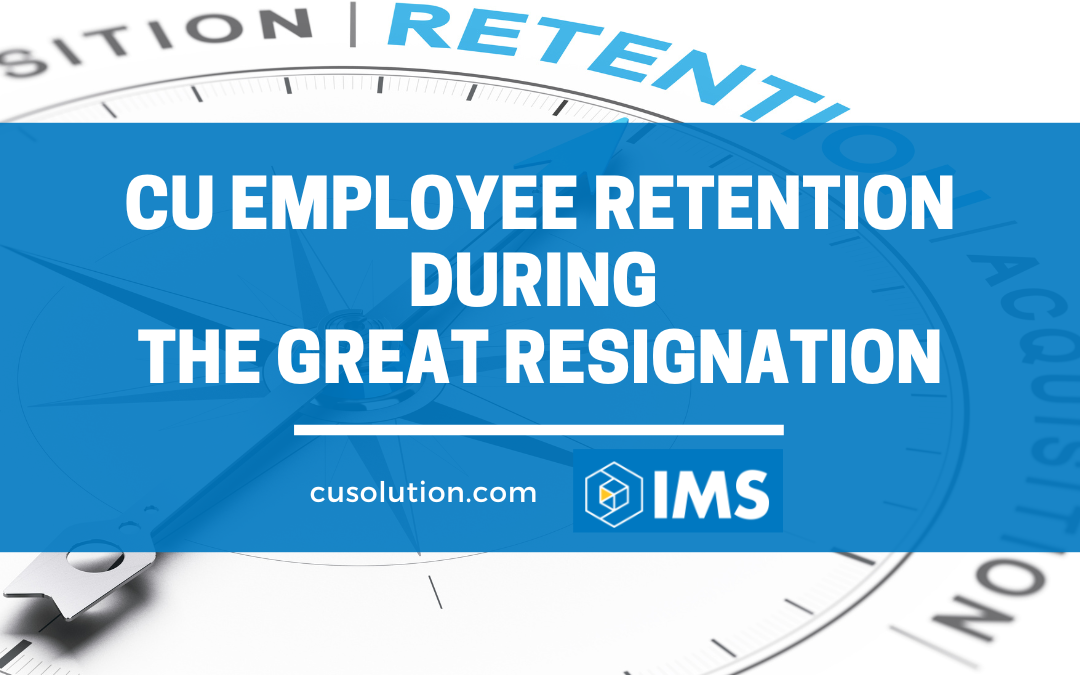
by admin | Nov 9, 2023 | Regulations
As technology continues to revolutionize the financial industry, credit unions are constantly grappling with new sets of credit union regulations. From credit risk reviews to cyber incidents, staying compliant can be a daunting task. But fear not, because...

by admin | Oct 5, 2023 | Backup, Business Continuity Planning, Cloud Computing, Cybercrime, Cybersecurity, Disaster Recovery, IaaS
As we recognize Cybersecurity Awareness Month, there’s no better time to reflect on why cybersecurity matters to the credit union community. Today’s interconnected world means there are near-infinite possibilities for credit union growth and member...

by admin | Mar 6, 2023 | Business Continuity Planning
Credit unions are an important part of the financial services industry. As such, it is important to measure their performance and progress in order to maintain a high level of service and meet customer needs. In the highly competitive world of credit unions, it...

by admin | Oct 17, 2022 | Uncategorized
The discussions surrounding employee retention in light of the recent Great Resignation call into question several core tenants of the hiring process and those who are involved in it. And while many hiring experts say the worst of the movement took place during...

by admin | Feb 21, 2022 | Employee Well-Being
Diversity is something every business and governing body can benefit from. Diverse groups can offer more creative and innovative solutions, and they consider more perspectives that groups with similar members in terms of age, race, religion, education, and...





